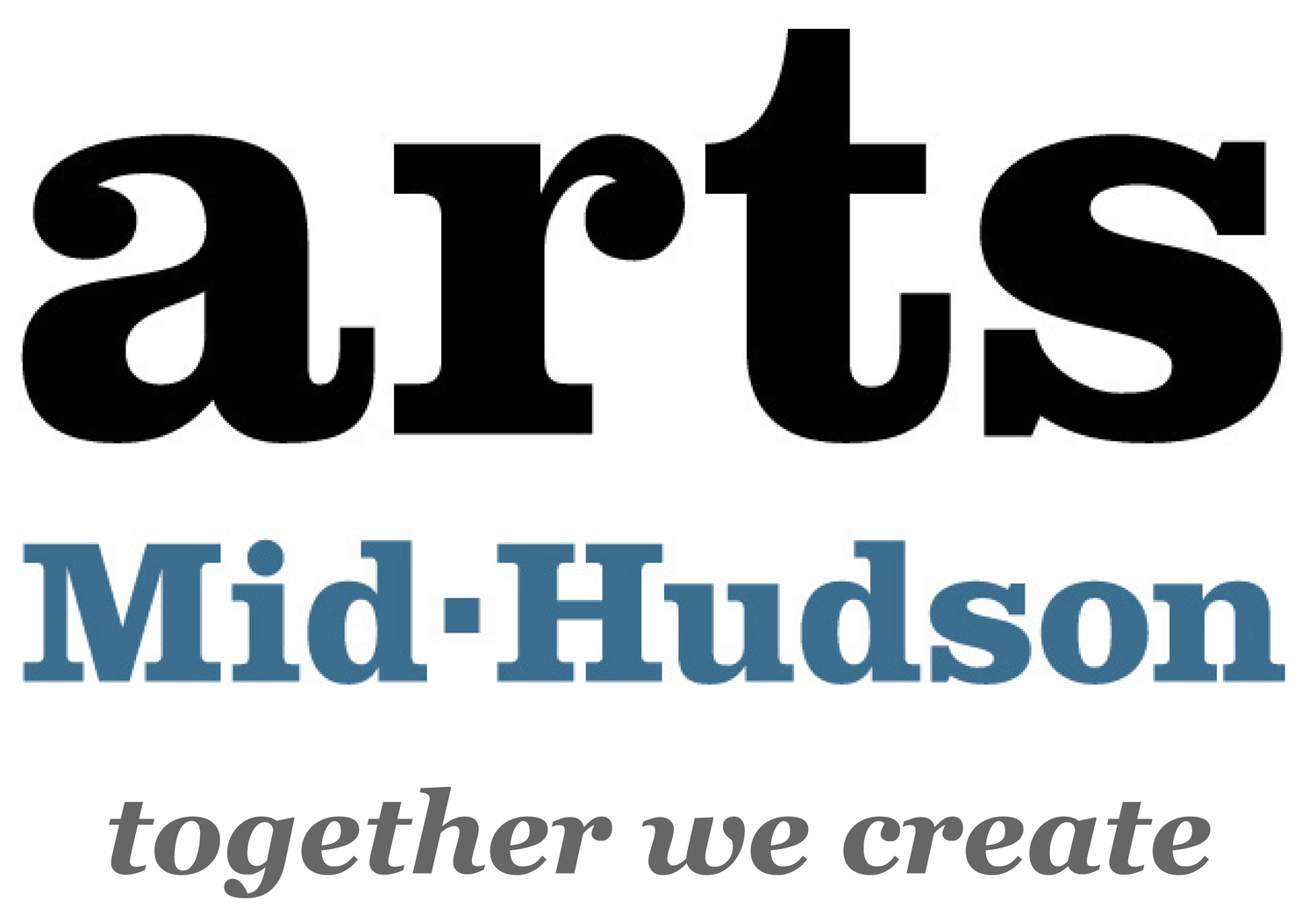Folk Arts
What is the Folk Arts Program and what does it do?
The Arts Mid-Hudson Folk Arts Program works with Mid-Hudson Valley-based folk artists and traditional bearers to preserve and present the rich heritage and diversity of area residents. This work takes many forms from ethnographic fieldwork to providing assistance to individuals and groups for programs.
Ethnographic fieldwork explores how cultural communities celebrate themselves and includes interviewing, photography, and participating in community events. Based on this research, the folk artists, cultural communities and folklorist collaborate to explore the folklife of cultural, ethnic, occupational, regional, and religious groups at public programs ranging from festivals to library interactive events to lecture-demonstrations.
The program also offers technical assistance to area cultural organizations and traditional artisans.
Click the buttons below to learn more!
What are “folk arts,” “folklore” and “folklife”?
Korovai is the traditional Ukrainian wedding bread. This elaborately decorated example was made by a member of the Mid-Hudson Valley Ukrainian community.
These three terms refer to various traditional forms of creative expression practiced among groups of people, forms of expression through which members of a group affirm and pass on their shared identity.
Folklife can be“material culture” (meaning it is tangible), like the particular architectural features that define a Russian Orthodox Church, a quilt made by a quilting bee or a traditional Chinese knot. Folklife can also be ephemeral or intangible, like singing done by a Poughkeepsie gospel choir, knowledge of where to source edible wild mushrooms, superstitions about predicting the changing weather. Some traditional forms, like dance and foodways, are episodic or ephemeral.
Some other examples of folk arts include culturally- or regionally-specific music, traditional domestic crafts, foodways, crafts associated with a hobby, traditional activities possible only in certain geographic locations, community celebrations and festivals.
Who has folklore and how is it learned?
Everyone has some folklore in their lives. Folklore exists within families, church groups and cultural groups, among co-workers, students and neighbors.
Visitors practice kanji, Chinese characters, at a Folk Arts Program-sponsored Kakizome, the traditional first writing on the New Year.
The group or community may be defined by almost any commonality, including age, gender, occupation, religion, hobby, ethnicity or geographic location. Folklore is learned informally, passed from generation to generation. Although folklore may change a bit with each successive generation, these traditions are remarkably stable. They continue to be practiced and shared because they are meaningful to the community that performs them.
Because folk arts, folklore and folklife are creative expressions of a shared identity based on a common past, they come to symbolize group identity. Through these expressions we can learn about the groups that practices them.
Want to get involved or want more information?
We welcome your suggestions for future projects and ideas about how we can work with you to celebrate your community’s heritage. We often collaborate with community and cultural organizations to offer culturally sensitive, informative public programs. Please be in touch with us if you have ideas about how we can help preserve and present your group’s folklore or if your group might benefit from technical assistance.
Call 845.454.3222 or Email: info@artsmidhudson.org
Examples of Regional Folklife:
African-American Step
Poughkeepsie High School is home to the award-winning Step team, Steppers with Class. In 2013, the AMH folklorist and Zoe Van Buren, then a Vassar College student interning with the Folk Arts Program, conducted preliminary ethnographic research with Steppers with Class. The video clip below, part of that ethnographic documentation, will give you a sense of this traditional expressive form’s creativity and physicality. This essay by AMH intern Zoe van Buren contextualizes Steppers with Class within the African-American step tradition.
This two-part video clip (1:15) shows Steppers with Class practicing in the parking lot behind Bardavon 1869 Opera House in Poughkeepsie shortly before performing at the Black History Month Step Show.
Steppers with Class, practicing and performing
This video clip (:57) shows a segment of another piece performed by Steppers with Class at that same Black History Month program.
Kuchipudi
Kuchipudi, one of six classical dance styles of India, originated in the 17th entury, in the village Kuchipudi in Andhra Pradesh, India. Kuchipudi is unique among other Indian classical dance styles due to its blend of performance techniques – it is not merely a dance form but is a combination of dance, mime-type facial and hand gestures, speech, and song. A Kuchipudi dancer has to be well versed in dancing, acting, music, and various languages and texts. The splendor and mystery of Kuchipudi lies in its fast and intricate footwork, elegant grace, and use of the eyes to express moods and feelings. Through their complicated rhythmic footwork, beautiful hand gestures and dramatic facial expressions, Kuchipudi dancers tell stories from Indian mythology and Hindu scripture.
Kuchipudi began as a men’s dance. Around the 1930s, the maestro Vedanta Lakshmi Narayana Sastry created ripples in the world of dance by introducing women dancers to Kuchipudi. Since then, Kuchipudi has evolved to include both group and solo performances by both men and women.
This video clip (1:09) shows a segment of the Kuchipudi dance Thillana, performed by current and former students of dancers of guru Kantham Chatlapalli. Guru Chatlapalli is a highly esteemed Indian classical dancer, teacher, and choreographer. She directs the Hopewell Junction-based Natya Nikethan School of Indian Classical and Folk Dances.
La Guelaguetza
La Guelaguetza is a traditional celebration of Oaxacan regional culture and community building. The Poughkeepsie festival, organized by members of Poughkeepsie’s Oaxacan community, with assistance from the Folk Arts Program and several other community partners, is a vibrant display of folkloric dance, traditional Mexican and American food, and free activities for children. Among the highlights are traditional folk dances from the different regions of Oaxaca performed by dancers adorned in stunningly beautiful costumes sent from Oaxaca.Poughkeepsie’s La Guelaguetza takes place annually on the first Sunday in August – a not-to-miss summer afternoon of music, food, and dance.




